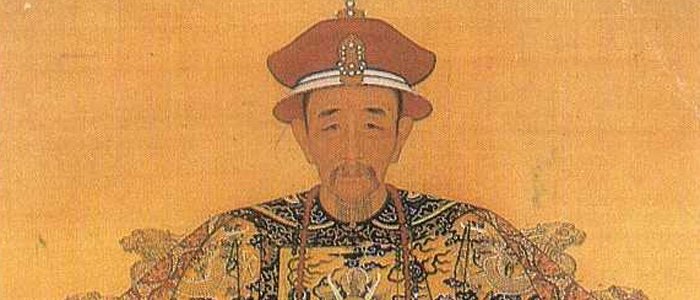Synchronicity
(from the The Original I Ching Oracle , Watkins Publishing, London, 2005, Introduction)
Like many other forms of divination, the oracular practice of the Yi Jing seeks to discern the outlines of a situation and its development through what in modern scientific terms we call a random procedure. That is an approach rather foreign to the contemporary scientific mind, which considers random as essentially equivalent to meaningless. But the assumption of orthodox Western science that there is no meaning to be gleaned from random events was certainly not shared by the ancient Chinese. Their divinatory practices and their whole cosmology were based on a qualitative notion of time, in which all things happening at a given moment in time share some common features, are part of an organic pattern. Nothing therefore is entirely meaningless, and the entry point to understanding the overall pattern can be any detail of the moment, provided we are able to read it. This has been very well described by C.G. Jung in his classic foreword to the translation of the Yi Jing by his friend Richard Wilhelm. He writes:
The Chinese mind, as I see it at work in the I Ching, seems to be exclusively preoccupied with the chance aspect of events. What we call coincidence seems to be the chief concern of this peculiar mind, and what we worship as causality passes almost unnoticed… The matter of interest seems to be the configuration formed by chance events in the moment of observation, and not at all the hypothetical reasons that seemingly account for the coincidence. While the Western mind carefully sifts, weighs, selects, classifies, isolates, the Chinese picture of the moment encompasses everything down to the minutest nonsensical detail, because all the ingredients make up the observed moment.
Thus it happens that when one throws the three coins, or counts through the forty-nine yarrow stalks, these chance details enter into the picture of the moment of observation and form a part of it – a part that is insignificant to us, yet most meaningful to the Chinese mind…
In other words, whoever invented the I Ching was convinced that the hexagram worked out in a certain moment coincided with the latter in quality no less than in time. To him the hexagram was the exponent of the moment in which it was cast -even more so than the hours of the clock or the divisions of the calendar could be – inasmuch as the hexagram was understood to be an indicator of the essential situation prevailing in the moment of its origin.
This assumption involves a certain curious principle that I have termed synchronicity, a concept that formulates a point of view diametrically opposed to that of causality… Synchronicity takes the coincidence of events in space and time as meaning something more than mere chance, namely, a peculiar interdependence of objective events among themselves as well as with the subjective (psychic) state of the observer or observers.
(C. G. Jung, Foreword to The I Ching, or Book of Changes, Richard Wilhelm Translation, Bollingen Series XIX, Princeton University Press, 1950)
The way in which the oracular use of the Yi Jing relates to the configuration of events at any given moment is therefore more akin to the perception of a work of art than to a rational analysis of cause and effect. It is a rich tapestry of meaning, in which all details are subtly connected and somehow necessary – not because of deterministic laws, but because they are part of an organic whole. Of course the Chinese were aware of the existence of causal connections between events; but that aspect was relatively flat and uninteresting to them. On the contrary they were fascinated by and focused their attention on subtler, more complex and less exactly definable connections. The Western notion that comes closest to their approach is Jung’s idea of archetypes, and it is no chance that Jung was deeply interested in the Yi Jing. He saw the ancient Chinese oracle as
a formidable psychological system that endeavors to organize the play of archetypes, the ‘wondrous operations of nature’ into a certain pattern, so that a ‘reading’ becomes possible.
(C. G. Jung, Mysterium Coniunctionis, CW 14, 401, Bollingen Series XX, Princeton University Press, 1963, 1970)
The Yi Jing can therefore be viewed as a catalog of sixty-four basic archetypal configurations, a road map to the realm Jung called ‘collective unconscious’ and Henry Corbin called ‘mundus imaginalis.’
(About the notion of mundus imaginalis see Henry Corbin, “Mundus imaginalis, or the Imaginary and the Imaginal”, in Swedenborg and Esoteric Islam, trans. Leonard Fox, Swedenborg Foundation, West Chester, PA, 1995. See also: Tom Cheetham, The World Turned Inside Out: Henry Corbin and Islamic Mysticism, Spring Journal Books, Woodstock, CT, 2003.)
Read on: a kaleidoscope of images
